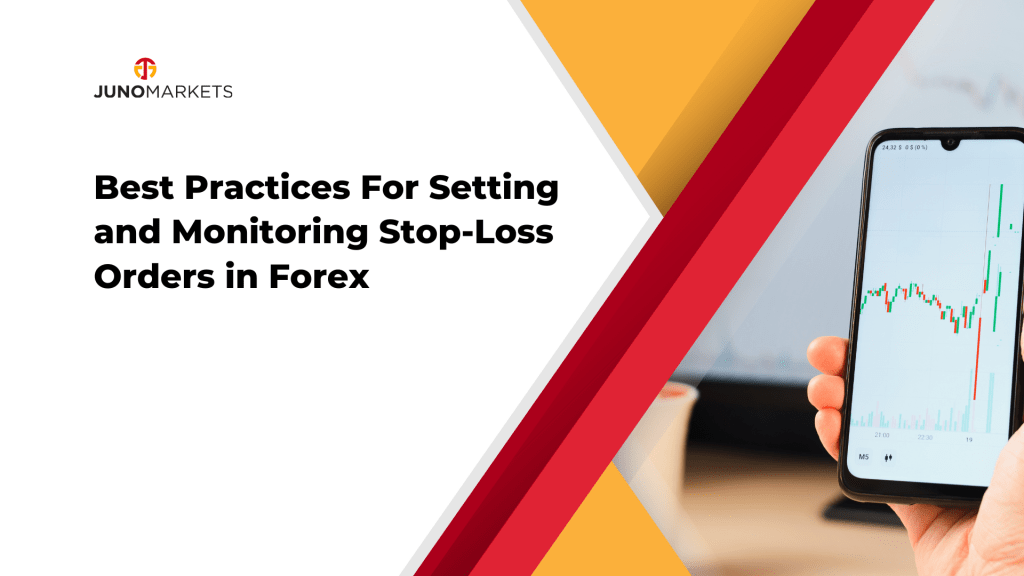Stop-loss orders are a crucial tool for forex traders, helping to manage risk and limit losses. Setting and monitoring stop-loss orders correctly is essential for success in forex trading. In this article, we’ll discuss the best practices for setting and monitoring stop-loss orders in forex.
1. Determine your risk tolerance: Before setting a stop-loss order, it’s important to determine your risk tolerance. This will help you determine the appropriate size of your stop-loss order and ensure that you are comfortable with the potential losses.
2. Use a logical stop-loss level: A logical stop-loss level is one that is based on technical analysis or market conditions. This may include using support and resistance levels, moving averages, or trend lines. It’s important to use a logical stop-loss level rather than an arbitrary number, as this will help increase the chances of a successful trade.
3. Set a realistic stop-loss: A realistic stop-loss is one that is not too tight, as this increases the risk of being stopped out of a trade prematurely. On the other hand, setting a stop-loss that is too wide can result in large losses. It’s important to find a balance between these two extremes.
4. Consider using a trailing stop-loss: A trailing stop-loss is a dynamic stop-loss that moves with the price of the currency pair. This type of stop-loss can help to lock in profits and minimize losses, as the stop-loss will be moved in the direction of the trade as the price moves.
5. Monitor your stop-loss orders: Monitoring your stop-loss orders is essential to ensure that they are working as intended. This includes regularly checking the price of the currency pair and adjusting the stop-loss if necessary.
6. Be prepared to adjust your stop-loss: Sometimes, market conditions may change and it may be necessary to adjust your stop-loss. For example, if the price of the currency pair moves in your favor, you may need to adjust your stop-loss to lock in profits.
7. Use a reputable broker: It’s important to use a reputable broker that offers reliable execution of stop-loss orders. This will help to ensure that your stop-loss orders are executed at the price you specify, even in fast-moving markets.
In conclusion, setting and monitoring stop-loss orders correctly is essential for success in forex trading. By determining your risk tolerance, using a logical stop-loss level, setting a realistic stop-loss, considering a trailing stop-loss, monitoring your stop-loss orders, being prepared to adjust your stop-loss, and using a reputable broker, you can help to minimize your risk and maximize your profits in forex trading.
Dividend Payment on Spot Stock Indices (23th April – 30th April 2024)
When engaging in trading spot stock indices through contracts for difference (CFDs), it’s crucial to consider the impact of dividend payments from underlying listed companies




